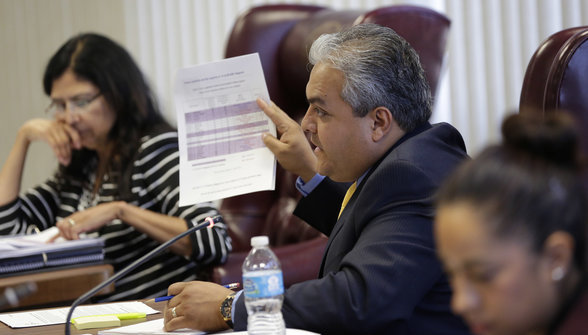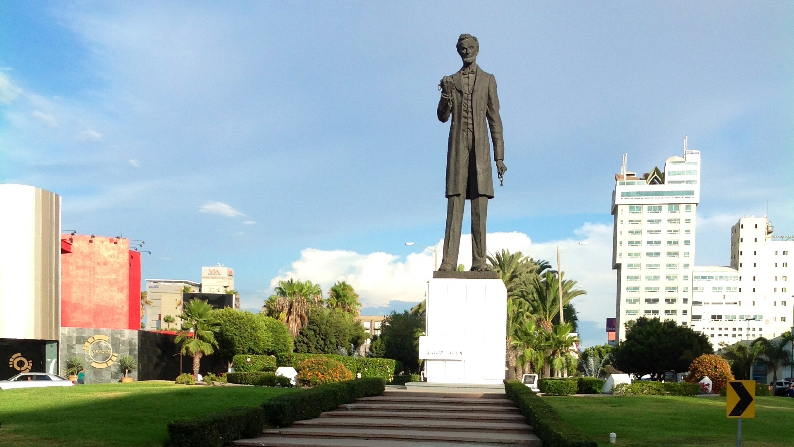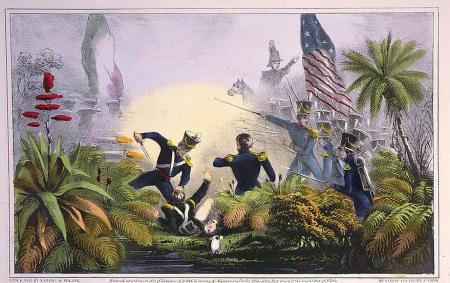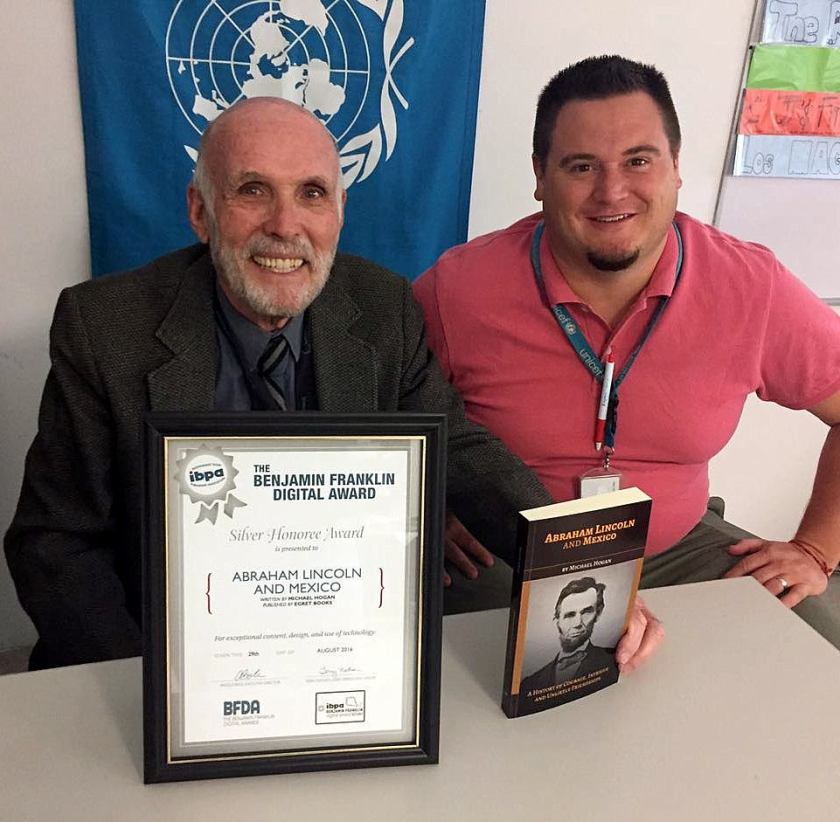
Educators in the United States continue to debate the content of History textbooks and classroom discussions. Two recent examples illustrate the struggle in Texas, where the state board of education has an out-sized role in influencing textbooks across the USA.
Even today, mainstream textbooks about US History either ignore facts or distort the truth, and many use “USA exceptionalism” as justification for past atrocities. Some new textbooks are even bankrolled by fringe groups determined to pursue a political agenda in education.
Fortunately, there is hope. On Nov. 16, 2016, the Texas State Board of Education voted 14-0 to reject a textbook promoted by a politically conservative former member of the board. You can click here http://bit.ly/2g1bMa1 to read the full story, and here’s an excerpt:
“Scholars who looked at the text were left aghast. The cover photo, taken from Flickr, featured a bare-chested indigenous man in full-colored headdress ― a bizarre choice to represent people who generally wear shirts. The writers…had no expertise in the subject and were unknown to academics in the field. Scholars of Mexican-American history and cultural studies identified 141 errors in the shoddily produced book. Perhaps most glaringly, the authors claimed that the Chicano movement ‘opposed Western civilization and wanted to destroy this society.’”
Another perspective on what Texas has been teaching for decades comes from a recent 5-star review by a former Texan of a new book titled Abraham Lincoln and Mexico. The biography/ history of Lincoln’s support for Mexico uses archival documents to set the record straight about events before, during, and after the Mexican-American War. You can click here http://amzn.to/2gJFJzL to read the full review, and here’s an excerpt.
“This book really opened my eyes. The Texas history I was taught when I went to college in Texas was in retrospect terribly biased and abridged from actual events. The author has a remarkably unbiased, even-handed view of history. His narrative is carefully researched with an eye to ferret out the truth, not what we want to hear. He does not advocate a ‘great man’ theory nor a ‘peoples’ history’ theory. He succeeds in proving his thesis that ordinary men and women are sometimes called to greatness. If you have any interest in Lincoln, Texas or Mexican history, I urge you to read this book.”
Misinformation can be dangerous, especially in the high school curricula, and could result in the next generation being misinformed or even dangerously prejudiced. Both examples show why it’s important for high schools and colleges to teach factually accurate information about U.S. History.
That’s why the Lincoln and Mexico Project is trying to get the book Abraham Lincoln and Mexico into schools across the USA as supplemental classroom material. We hope you will help by donating a copy to your local school or library. Thank you.

 Mexico has several statues honoring Abraham Lincoln in parks across the country. This one is in Tijuana, Baja California, on the third traffic circle of Paseo De Las Heroes
Mexico has several statues honoring Abraham Lincoln in parks across the country. This one is in Tijuana, Baja California, on the third traffic circle of Paseo De Las Heroes

 A growing number of libraries across the country are adding
A growing number of libraries across the country are adding